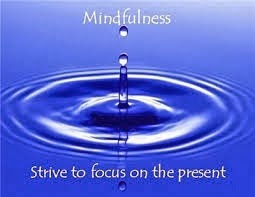Cognitive remedies have proven to be the most effective self-remedies for learning how to deal with and overcome depression. We know that people who experience depression or any unpleasant mental state, have negative or unhealthy thought patterns. One very effective form of cognitive restructuring that leads to learning how to deal with depression is simply called ABCDE
A = Activating Event (Event that leads to the thoughts that lead to the emotional or behavioral turmoil)
B = Belief or Thought about the event
C = Consequences (Behaviors and feelings that come from the
thoughts about the Activating Event)
D = Deciphering (Recognizing and Understanding) and
Defeating ANT’s (Automatic Negative Thoughts)
E = Evidenced Based Positive Thought Development
Ultimately, it was her thoughts about A that lead to her emotional and behavioral reactions in C. Utilize the Thought Journal below daily to begin to recognize your specific ABC’s and utilize D and E to begin to develop the thought patterns necessary to learn how to deal with and overcome depression.
A Activating Event
(Situation, thought or physical
sensation)
If A was a situation (Be
specific)
Who:
What:
Where:
When:
If A was a thought:
Exact thought:
Where were you:
Who was around:
|
B Beliefs
(Thoughts)
List all the thoughts
you had about A:
1.
2.
3.
4.
5.
Which thought caused
the most unpleasant/depressed feeling?
Rate how true you
think this thought is (1 to 10):
|
C Consequences
(Actions and
feelings)
How do you feel (be
specific):
Which feeling is
directly tied to your A (Activating Event):
How strong is the
feeling(1 to 10):
Write down your
reactions/behaviors to A:
|
D Deciphering and Defeating
Which thought caused
the most unpleasant/depressed feeling?
What ANT or cognitive
distortion (see chart below) is your above mentioned thought:
Is the thought true:
Yes No
Is it productive for
me to think this way:
Yes No
What would an observer
think about your Thoughts (B) and Reactions (C):
Are my behaviors
really rational; do they make sense:
If you were not
distressed, would you have the thought above:
|
E Evidence Based, Positive Thought Development
Replace the most
powerful negative thought you named in D, with a more rational, healthy thought
(use chart below to help:
If you have control
over the situation, what action steps can you take to make you feel better (see
the Worry Tree below to help you):
Now, do one of the
following, Guided Breathing or Positive Affirmation Exercise (see below):
Finally, Reevaluate
your feelings (1 to 10)
And Reevaluate your
thoughts (1 to 10) And are they now rational:
|
Must have tools for ABCDE
|
|||||||
|
Click on the image below to begin to utilize positive affirmations daily as you use D and E to learn how to deal with depression.
|






Hello, an amazing Information dude. Thanks for sharing this nice information with us. Deal with Depression
ReplyDelete